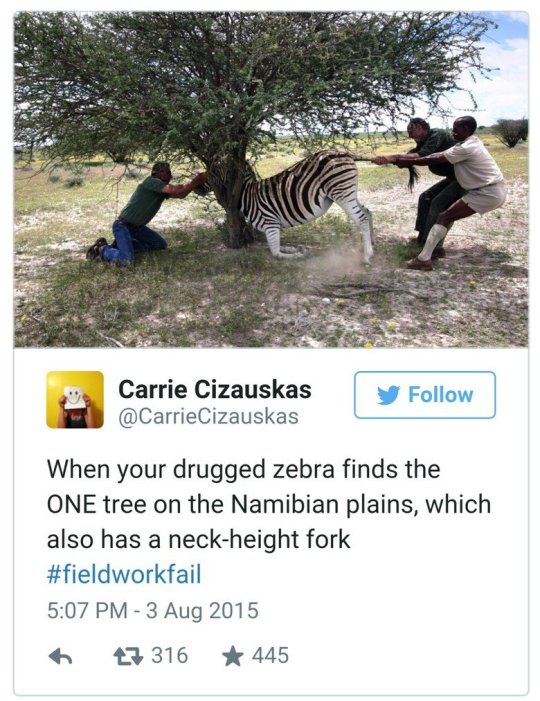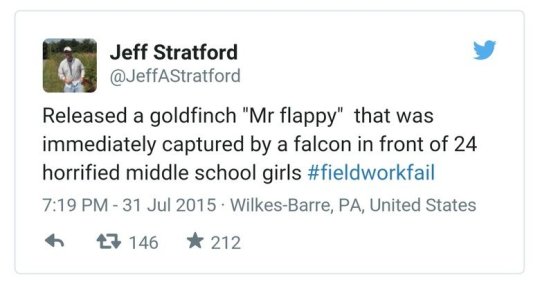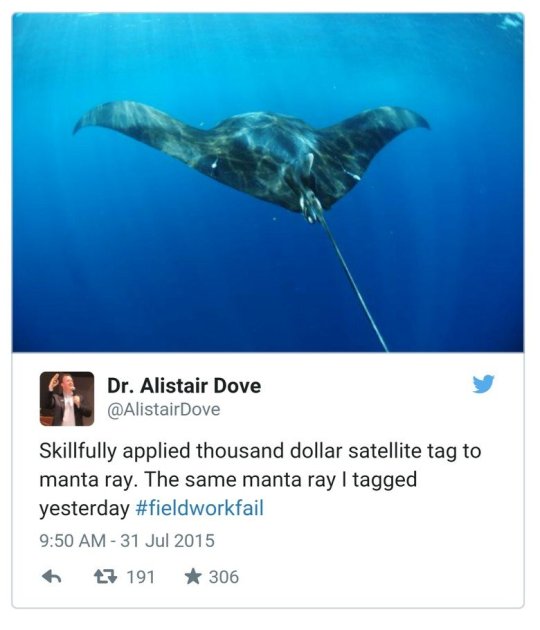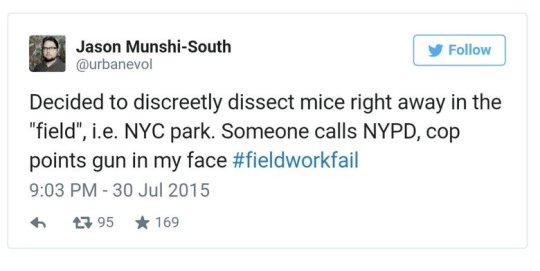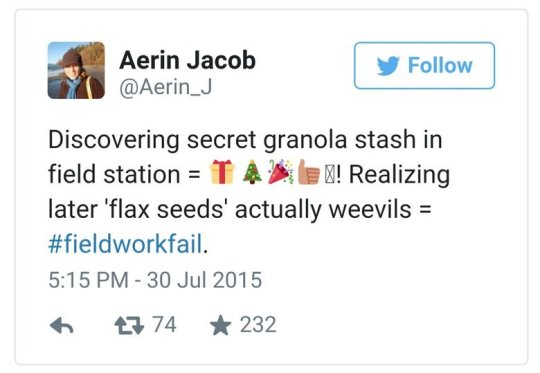Video
The ‘Super Mario Bros.’ Theme Song on Marimba by percussionist Aaron DeWayne.
273K notes
·
View notes
Text
Physicists create new form of light
Try a quick experiment: Take two flashlights into a dark room and shine them so that their light beams cross. Notice anything peculiar? The rather anticlimactic answer is, probably not. That’s because the individual photons that make up light do not interact. Instead, they simply pass each other by, like indifferent spirits in the night.

But what if light particles could be made to interact, attracting and repelling each other like atoms in ordinary matter? One tantalizing, albeit sci-fi possibility: light sabers – beams of light that can pull and push on each other, making for dazzling, epic confrontations. Or, in a more likely scenario, two beams of light could meet and merge into one single, luminous stream.
Weiterlesen
272 notes
·
View notes
Photo

Uh, Minnie, I have something to tell you…
231K notes
·
View notes
Text
Super wood could replace steel
Engineers at the University of Maryland, College Park (UMD) have found a way to make wood more than 10 times times stronger and tougher than before, creating a natural substance that is stronger than many titanium alloys.

“This new way to treat wood makes it 12 times stronger than natural wood and 10 times tougher,” said Liangbing Hu of UMD’s A. James Clark School of Engineering and the leader of the team that did the research, to be published on February 8, 2018 in the journal Nature. “This could be a competitor to steel or even titanium alloys, it is so strong and durable. It’s also comparable to carbon fiber, but much less expensive.” Hu is an associate professor of materials science and engineering and a member of the Maryland Energy Innovation Institute.
Weiterlesen
926 notes
·
View notes
Quote
The fashionable people bought their batteries from collectors in Tangier, or Jakarta. They claimed energy from Ethiopian sunlight had a smoother release; that Antarctic power felt crisp, and minimized corrosion.
(via postorbital)
66 notes
·
View notes
Text
We need to consider the social implications of bots writing books about instant chocolate milk
by Leah Henrickson

We still tend to think of authors as geniuses. Conversations about prize-winning novels often revolve around authorial intent, and writing a bestseller will tend to confer a certain amount of fame. But this timeworn state of affairs is shifting. The reader, more than ever, is moving centre stage – a shift that is being catalysed by the development of natural language generation (NLG) systems by computer scientists around the world. Written language is no longer a uniquely human construct.
Weiterlesen
8 notes
·
View notes
Video
youtube
0 notes
Quote
Benzin und gefrorenes Orangensaftkonzentrat zu gleichen Teilen gemischt ergibt Napalm.
Chuck Palahniuk (via digitalcarnagesinceforever)
2 notes
·
View notes
Quote
Space. The final frontier. Final because it wants to kill us. Sometimes we forget that.
The Doctor (via suchfunaholic)
247 notes
·
View notes
Quote
It is not knowledge, but the act of learning, not posession but the act of getting there, which grants the greatest enjoyments.
Friedrich Gauß (via digitalcarnagesinceforever)
1 note
·
View note
Link
Picture: Artist's illustration of the surface of Proxima b, an Earth-sized, potentially habitable world that orbits the nearby M-dwarf star Proxima Centauri. | Credit: M. Kornmesser/ESO
Text by Sheyna Gifford | Astrobiology Magazine
It was a good week for astrobiology. Within days of NASA’s announcement that the necessary ingredients for life likely exist in the Saturn moon Enceladus' subsurface ocean, scientists gathered at Stanford University to discuss discovering life outside the solar system.
Noting how "the search for life in the universe has been transformed from speculation to a data-driven science," speakers like Stanford physicist Peter Michelson offered detailed plans for finding life on exoplanets.
Over the course of two days on April 20-21, dozens of scientists attending the Breakthrough Discuss conference contemplated options for exploring planets in other star systems. These options include using a new generation of powerful telescopes for long-distance observations, as well as advancing a first-of-its-kind technology to visit other star systems — all within the next generation. [10 Exoplanets That Could Host Alien Life]
What these strategies have in common is a focus on observing habitable-zone planets in our local stellar neighborhood. In this neighborhood alone, within 30 light-years or so of our solar system, astrobiologists have already identified several potentially Earth-like exoplanets and dozens of systems that may harbor Earth-like worlds.
These exoplanets, identified by the effects they have on their parent star, are rocky and roughly the same size and density as Earth. They orbit their stars at a distance that would allow liquid water to exist on the surface, given the right atmospheric conditions. There is, however, at least one major difference between our planet and these potentially-habitable exoplanets: They aren't circling stars like our sun.

The diagram shows how new technology developed at Caltech will help astronomers search for molecular bio-signatures on exoplanets. Coronagraphs block a star's light, making orbiting planets easier to see. High-resolution spectrometers would help further isolate a planet's light, and could reveal molecules in the planet's atmosphere. | Credit: Caltech/IPAC-TMT
On the spectrum of stars, our sun is what's known as a yellow dwarf. It's bright, and not terribly large compared to the largest stars in our galaxy. Yet, even middling stars like our sun aren't all that common. Our local stellar neighborhood — and probably the universe as a whole — is filled with many more low-mass stars. There are 20 yellow dwarf stars like our sun nearby and 250 M-dwarfs, a variety of star so small and dim that, despite their abundance, they can't be seen with the naked eye. Over the last three to four years, every single low-mass star we've studied appears to have at least one planet. Usually, they have more than one.
"How common are planets orbiting low-mass stars? Very common indeed," Courtney Dressing, an astronomer at the University of California, Berkeley, said during a presentation at the conference.
Read MORE!
#astrobiology#alien life forms#bacteria#courtney dressing#berkeley#yellow dwarfs#exoplanets#m-dwarfs#habitable-zone planets#proxima centauri
2 notes
·
View notes


